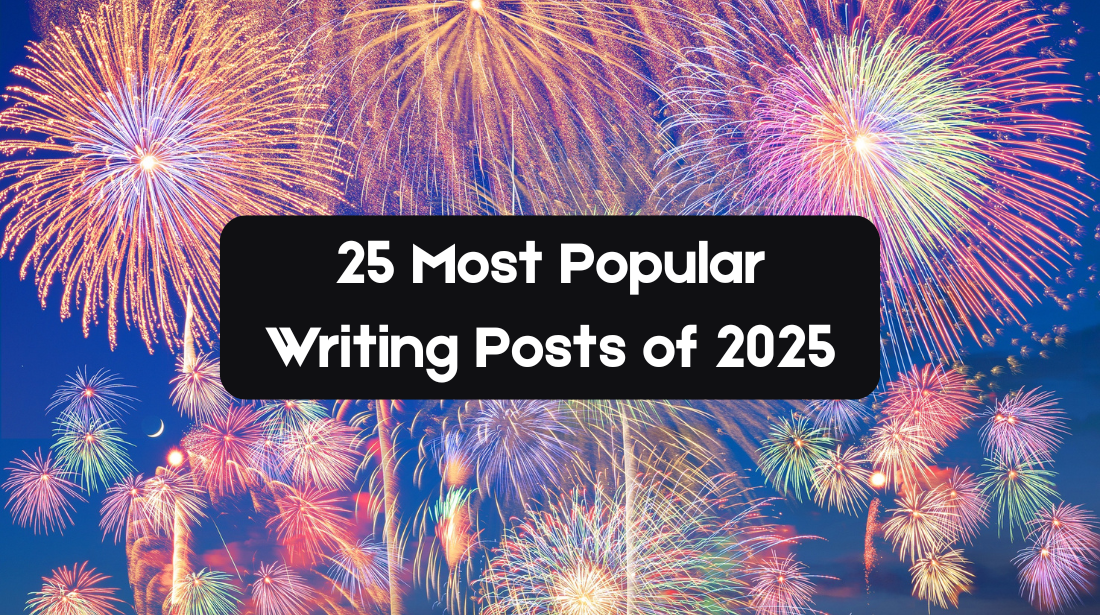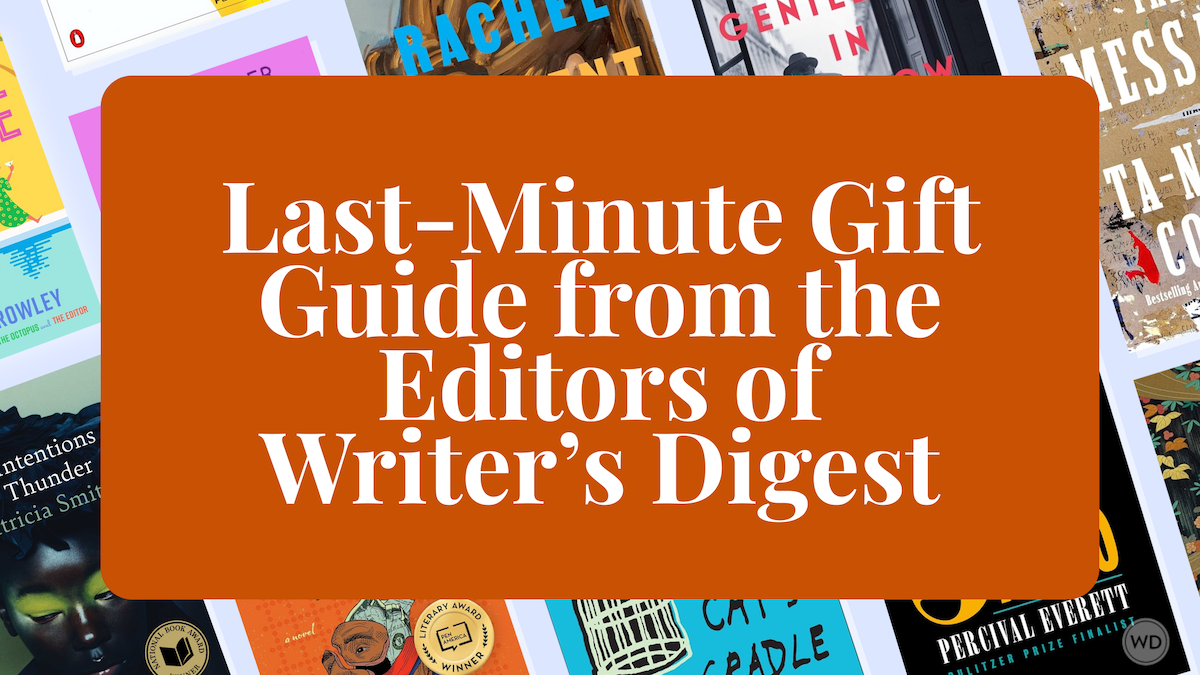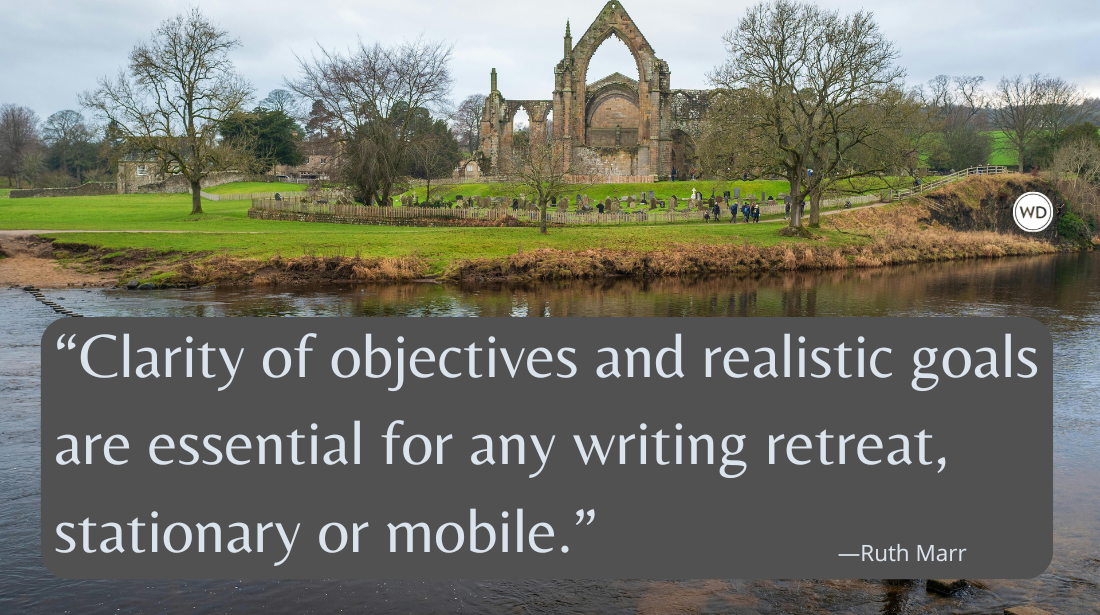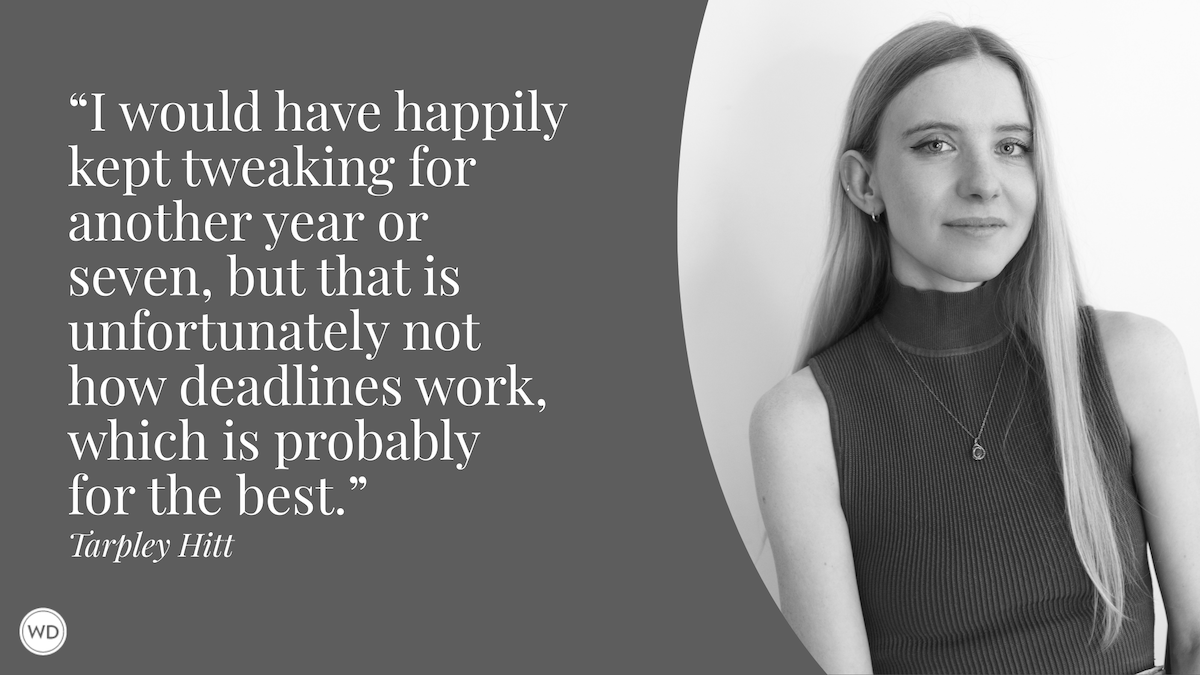Picture Book or Short Story? Which is it?
Literary agent for children’s book authors Mary Cummings explains the biggest mistake she sees in picture book pitches—and how you can avoid making that mistake.
[This article first appeared in the November/December 2024 issue of Writer's Digest magazine.]
Every day, my inbox has submissions labeled as picture book projects that are actually written in short story form and aren’t suited to today’s picture book market. There isn’t a simple and clear way to define the difference, but this article is presented in hopes that writers who want to publish a children’s picture book will be helped.
I will be using excerpts of actual submissions, changing specifics to protect identity, but keeping features like sentence construction, general vocabulary, etc. to illustrate the points.
What I’m presenting are generalities. There are certainly exceptions, and not all agents and editors would agree with everything I’m pointing out about features that, as I’m reading submissions, say “short story!” So, what are these features?
- There’s a different kind of flow to sentences in a short story.
- The writing is in a loosely conversational style.
- It lacks the “chiseled and polished” quality of most contemporary picture book texts.
- The word count is on the long side.
- Sentences are constructed differently than in picture book texts and tend to be longer.
- Time is a specific element in the story, with events taking place over a longer span than in picture book texts.
- Past tense is more commonly used.
- The story isn’t reliant upon illustrations. Or, the narrative seems to call for “transcription” of the words into illustration, rather than allowing space for an illustrator to create a visual narrative that brings the story to life but also adds new elements.
- It may include more characters or plot elements than a picture book can support.
Let’s look at some examples.
One morning, Tayler was helping Mom cook a delicious breakfast of fried fritters. Tayler enjoyed cooking with Mom. She told colorful stories about her old neighborhood of Queens in New York. Tayler learned Mom’s cooking tricks and was the first to taste her exquisite meals. And Tayler adored tasting fresh fried fritters.
The above example, like others in this article, would be helped by editing. But word trims and edits alone would not change the fact that we’re not in picture book territory. The tone is conversational and has digressions and “fuzziness” common to speech. We can’t tell where the story is taking us and don’t know quite where to put our attention. That’s a big problem when the reader (listener) is a preschooler. Is this about cooking? Eating? Time with mom? Learning mom’s stories? Something else?
Here’s another example, from the opening of a manuscript:
Long ago, back when the sun was young, a little boy named Benjamin lived in a dark forest. It had been a hard season. Benjamin’s grandmother had passed from a strange fever, his mother had died from a broken heart, and his dog had been eaten by fierce bears.
“Long ago” is the conventionally accepted opening for folk tales and oral storytelling. It also gives a feeling of writing from an earlier era (pre-21st century). There’s a mythic quality established in each of the sentences, especially in the last. It’s inviting as a short story. But for a picture book, we need to know very quickly a particular hurdle or situation that can be explored and resolved in about 200–500 words; words that will be expanded upon in non-verbal ways by illustrations. Here, we realize that Benjamin’s life is hard and dangerous, but we don’t have hints of where the story will take us—and for a picture book, 50 words (the length of this excerpt) are too many for the situation to be so unclear.
I recently received an extremely long submission (839 words), presented as a picture book project. In addition to other issues, it had multiple sub-plots and time references that would be challenging to a pre-schooler or kindergartener listener. It’s important to keep in mind that their personal experience with time is limited because they haven’t lived long enough for terms like these to truly make sense to them: “The following month,” “by summertime,” “after summer, autumn.”
In the next example, the language isn’t “tight.” The author hasn’t looked at every word to be sure that it has energy and is pulling its weight in illuminating a character or carrying the story forward. It also isn’t reliant upon illustrations to enlarge the meaning of the text. And, its timespan is too long for a picture book text:
Mama shared her wisdom with Ida, and as the little cub grew, so did their closeness. The little cub was eager to learn everything possible from her wise old Mama.
Ida wanted to be as quick as her Mama, climb trees as high as her Mama, and catch fish as big as her Mama’s!
When Ida felt unsure of her place or left out with the other bear cubs, she knew that Mama Bear would be waiting for her. Mama Bear always knew whether Ida needed a warm hug or a playful game. The two understood one another, without words.
Over the years, Ida had grown to be just as big and strong as Mama Bear. Standing by the stream one day, Ida saw that her reflection was the same size as Mama Bear’s.
*****
If, as you read this article, it struck you that your writing style is a match to short stories rather than to picture books, there are options in the marketplace for you. Children’s magazines, such as LADYBUG and Highlights, reach thousands of children. They also make great credits (clips) for your bio.









